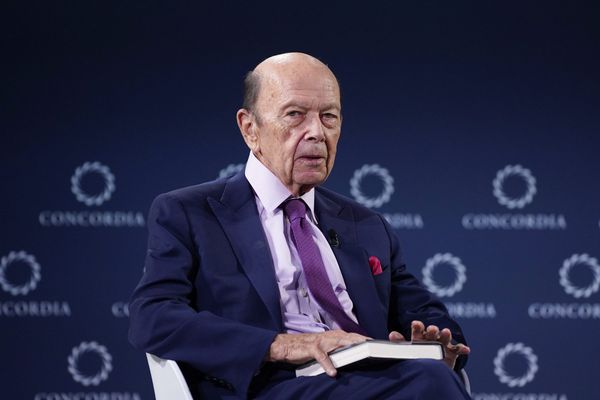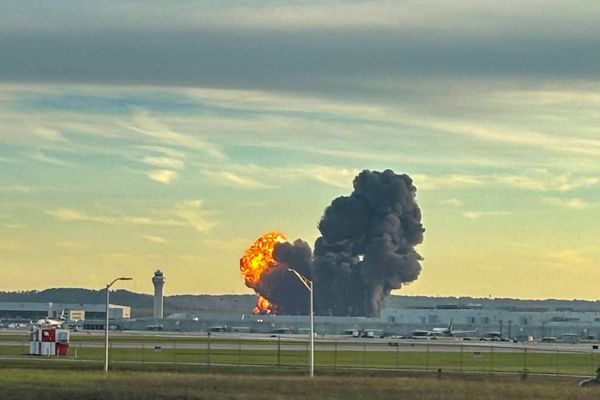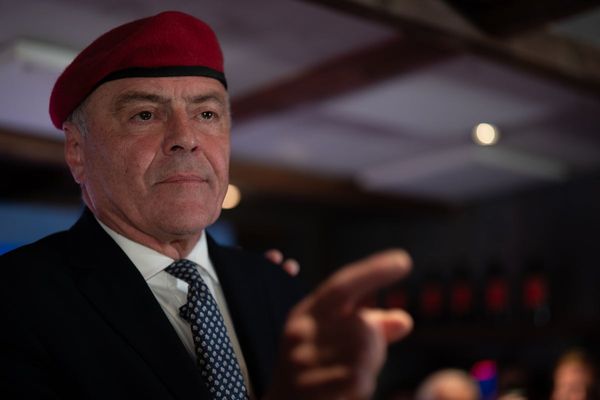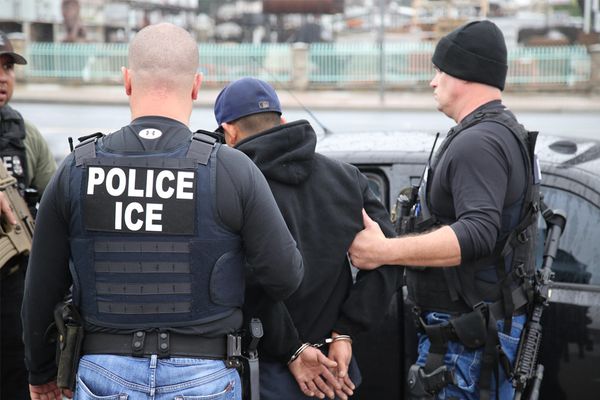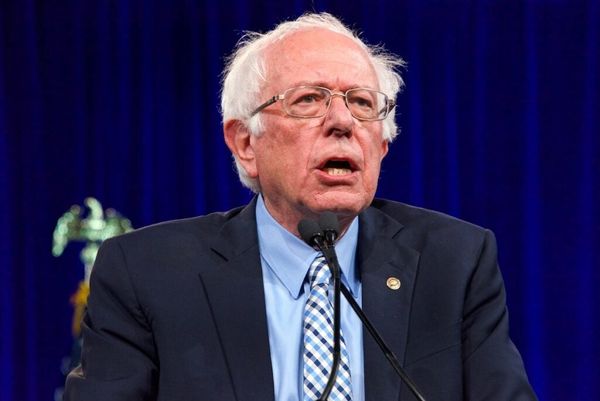
President Donald Trump’s long-awaited two-hour phone call with Russian President Vladimir Putin on Monday did little to advance a ceasefire in Ukraine, leaving hopes for peace even weaker and causing worries that Trump was taking Putin’s side.
The call, which had been presented beforehand as a possible breakthrough, instead showed how far apart the two sides remain on how to resolve the conflict, especially when it comes to how much the U.S. should be involved.
While Trump announced that Russia and Ukraine would start talks on an “immediate ceasefire,” the specifics showed no real progress. Ukraine and its European allies want a 30-day ceasefire right away to allow time for discussions on a lasting peace deal. However, Russia continues to demand immediate negotiations focused only on a final agreement, a position that seems to have been strengthened by Trump’s call.
According to CNN, this strategy lets Russia keep up its military attacks while also appearing to participate in peace talks. Trump’s statement after the call was, “I tell you, big egos involved, but I think something’s going to happen. And if it doesn’t, I just back away and they’re going to have to keep going.”
Trump gives Putin reason to continue fighting Ukraine
Many see this as quietly supporting Russia’s rejection of an immediate ceasefire, which is a key demand from Ukraine and its allies. Beth Sanner, former Deputy Director of National Intelligence, expressed doubt, saying Putin “seemed to get exactly what he wanted” from the conversation. This view matches the Kremlin’s own remarks, which highlighted how long and friendly the call was.
Kremlin aide Yury Ushakov pointed out that the call lasted much longer than usual, suggesting both leaders were happy to keep talking. This is a detail Trump’s critics say shows he was too willing to accommodate Putin.
The Putin-Trump call went roughly as expected. Putin
— Carl Bildt (@carlbildt) March 18, 2025did not agree to
demand for a ceasefire, but only limited mutual
pause for strike against energy infrastructure. And he thereafter asked for complete stop to all
help to
. pic.twitter.com/koMlouhCyI
In contrast to Trump’s approach, Ukrainian President Volodymyr Zelenskyy called for tougher sanctions against Russia if it refuses to stop fighting. He repeated Ukraine’s willingness to agree to a ceasefire and suggested holding talks in neutral places like the Vatican, Turkey, or Switzerland, but stressed that both US and European representatives must be actively involved.
Zelenskyy openly warned against the US stepping back from the peace process, saying that would only help Putin. His public statement directly challenged Trump’s version of the call’s outcome, making it clear that US influence remains crucial. However, it seems like Trump can’t stand up to Putin and will likely blame Ukraine.
The European Union also shared its concerns, with Germany, Italy, France, and Finland joining Zelenskyy in a follow-up call with Trump to discuss the implications of his talk with Putin. While expressing support for ceasefire negotiations, the EU’s reaction subtly showed disapproval of Trump’s seemingly hands-off approach. Shortly after the call, the EU and the UK announced new sanctions against Russia, signaling their frustration with the lack of progress.
Trump’s administration has already shown signs of cutting back on military and financial aid to Ukraine. His comments after the call about possibly pulling US support entirely if no progress is made deepened concerns. While Trump’s wording sounded like a typical negotiating tactic, his administration’s history of hesitating to give major aid to Ukraine makes this threat seem more serious than a bluff.


